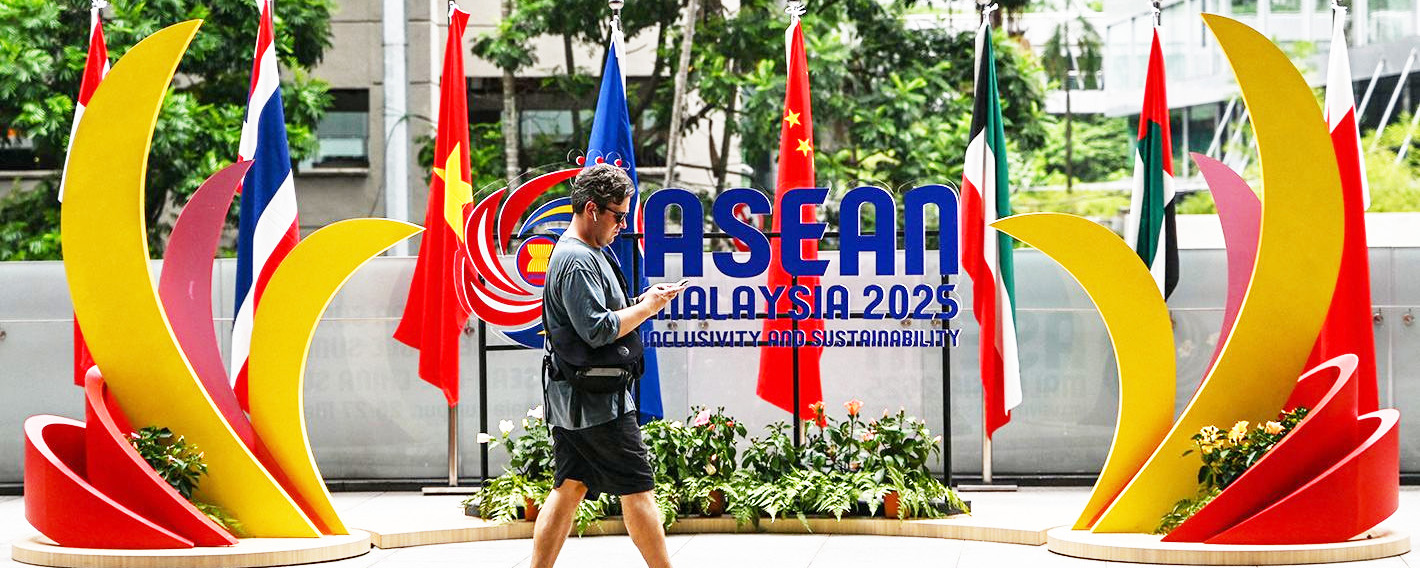US Tariffs ASEAN Turns East


A new turbulence has hit the global economic landscape. The United States’ ‘Trumpian’ trade policies have created a storm affecting numerous countries, with Southeast Asia’s ASEAN nations squarely in the crosshairs. Burdened with heavy tariffs, these nations now face unprecedented challenges to their economic stability and export markets.
ASEAN stands at a crossroads. The region must not only manage the risk of losing one of its major trading partners but also safeguard its position in global supply chains. In this critical moment, India emerges as a potential strategic partner and reliable lifeline.
Tariff Pressures and ASEAN’s Dilemma
The trade ties between ASEAN and the U.S. have historically been strong. By 2024, trade surpassed $571.7 billion. Yet, in its bid to reduce the U.S. trade deficit, the Trump administration imposed hefty tariffs—36% on Cambodia and Thailand, 20% on Vietnam, and 19% on Indonesia. This move has plunged ASEAN into a complex dilemma: collective resistance to the tariffs versus individual nations striking bilateral deals to protect their own interests.
China’s Role: Opportunity or Risk?
At first glance, the U.S.-China trade war might appear to offer ASEAN an opportunity. Rising U.S. tariffs on Chinese goods could redirect buyers toward ASEAN markets. However, ASEAN’s economies heavily rely on China for raw materials and intermediate products. Increased costs in China translate into higher production costs for ASEAN, making this a double-edged sword.
India: ASEAN’s Strategic Bet
With traditional markets uncertain and overreliance on China risky, ASEAN seeks a stable, large, and trustworthy partner. India fits this role perfectly:
Expanding Market Potential: India’s fast-growing economy and burgeoning middle class present immense demand, offering ASEAN a way to offset losses in U.S. markets.
Complementary Economies: India’s needs for electronics, machinery, and auto parts align with ASEAN’s manufacturing strengths, while its services, pharmaceuticals, and agricultural products meet ASEAN demand.
Resilient Supply Chains: Lessons from COVID-19 and geopolitical tensions have shown the danger of dependence on a single country. Collaboration between India and ASEAN can build robust, diversified supply chains.
Existing Free Trade Agreement: The existing FTA provides a strong foundation that can be deepened in services, investment, and strategic collaboration.
Conclusion: Seizing the Moment
U.S. tariffs have reshaped global trade dynamics. To thrive in this evolving landscape, ASEAN must act boldly: strengthen internal markets, negotiate as a bloc, and actively explore new partners. While China remains important, overdependence is now a strategic risk. Deepening trade ties with India is not just an option—it’s a necessity. This historic opportunity could bolster economic resilience and stability across the Indo-Pacific, and missing it may prove costly.